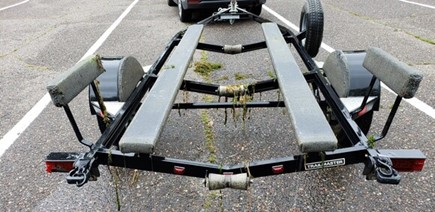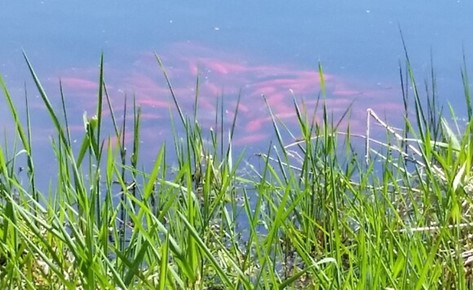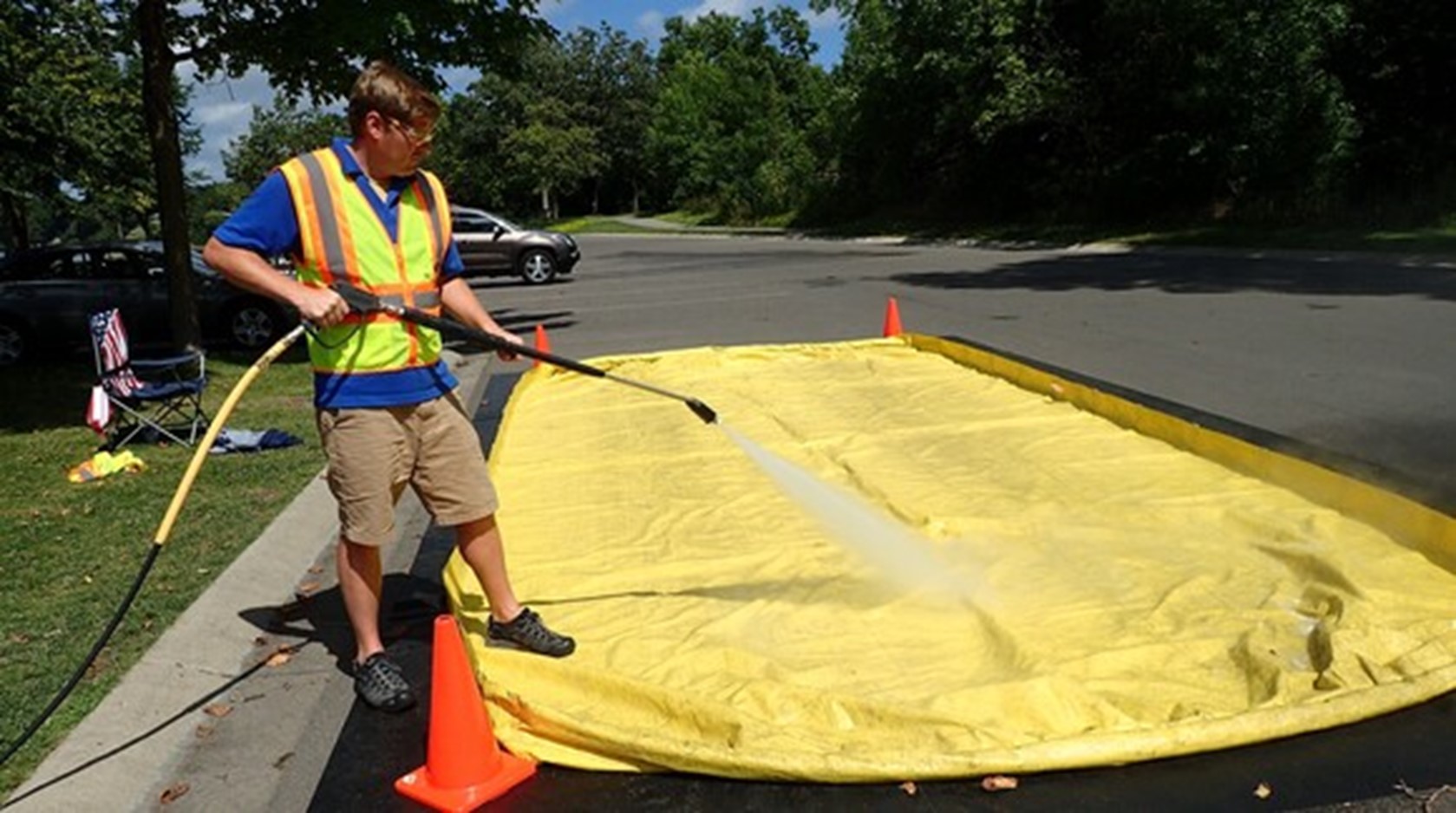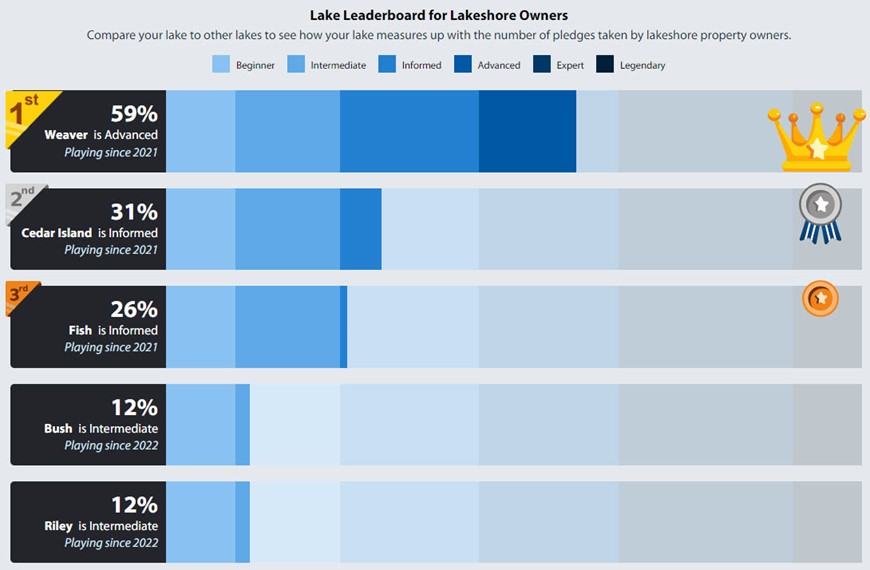How do aquatic invasive species (AIS) get introduced and spread?

Aquatic invasive species don’t usually enter a waterbody on their own, they are transported with the help of humans. In some cases, it only takes one individual organism or plant, such as a small plant fragment, to result in an infestation. An infestation can be devastating for lake recreation and aquatic life and can cost lakeshore property owners a lot of money to manage AIS to maintain use of the lake.
AIS can be introduced directly or hitchhike on a lot of different surfaces:
This is not a complete list, which makes it clear that it takes all of us when it comes to AIS prevention.
- Attached to or on watercraft, trailers, motors, fishing gear, anchors
- In ballast water, bilge, live wells, and other areas and devices that hold water
- In with bait and water that is dumped out
- On fishing lines and downrigger cables
- On the soles of waders
- Attached to seaplane pontoons
- On harvesting equipment
- In mud on a dog’s paws or person’s shoe soles
- Direct release of unwanted pets or plants
- In aquarium water dumped where it flows to a storm drain

Goldfish or koi released into a natural Minnesota pond.
Watercraft AIS prevention reminders
Clean off any plants, animals and mud from your prop, boat, trailer, and equipment.
Drain the motor, bilge, live well, ballast tanks, and other water-containing devices. This includes draining water out of canoes and kayaks.
Dry everything for a minimum of five days or towel dry to make sure organisms can’t survive.
Dispose of unwanted bait in a designated area or trash, not in the water. Drain bait bucket water on vegetation or in designated can or area, not hard surfaces.

AIS can be transported in ballast water from wake boats.
Run boat motor and personal watercraft engine out of the water for a few seconds to discharge water before leaving a water access.
If you have been on a lake for 24 hours or more, go to a decontamination station and get your boat decontaminated before entering another lake. Three Rivers Park District and the Minnesota DNR have hot water decontaminations stations available in Hennepin County. Find a Three Rivers Park District station or a Minnesota DNR station.
To decontaminate a boat yourself: Spray the boat, motor, and trailer with high pressure water. Rinse with 120°F water for at least 2 minutes or 140°F water for at least 10 seconds to kill zebra mussels and some additional AIS. As an extra precaution, dry for at least 5 days.
Lake Pledge
Where does your lake stand on the leaderboard? Here are the top five lakes. Get more members to pledge and move up the ranks.
Hennepin County encourages all lake lovers to pledge to prevent the spread of aquatic invasive species
Hennepin County is a unique urban area. With 200 lakes, 640 miles of streams, three major rivers, 45,000 acres of wetlands and 50 public water accesses, there are so many opportunities to enjoy being on and around water.
But that also means it takes everyone, including people fishing, boating, kayaking, or sailing, those who live on lakes, and those with aquariums or ponds, to help keep our lakes clean and healthy by preventing the spread of aquatic invasive species. That’s why Hennepin County is encouraging anyone who enjoys our lakes to sign up for Lake Pledge.
On the website or app, you select what lake you visit most and what activities you enjoy doing on and around the water. You then learn how those activities may introduce aquatic invasive species, pledge to take actions to prevent the spread, and see how well your favorite lake is doing compared to others in the county.

